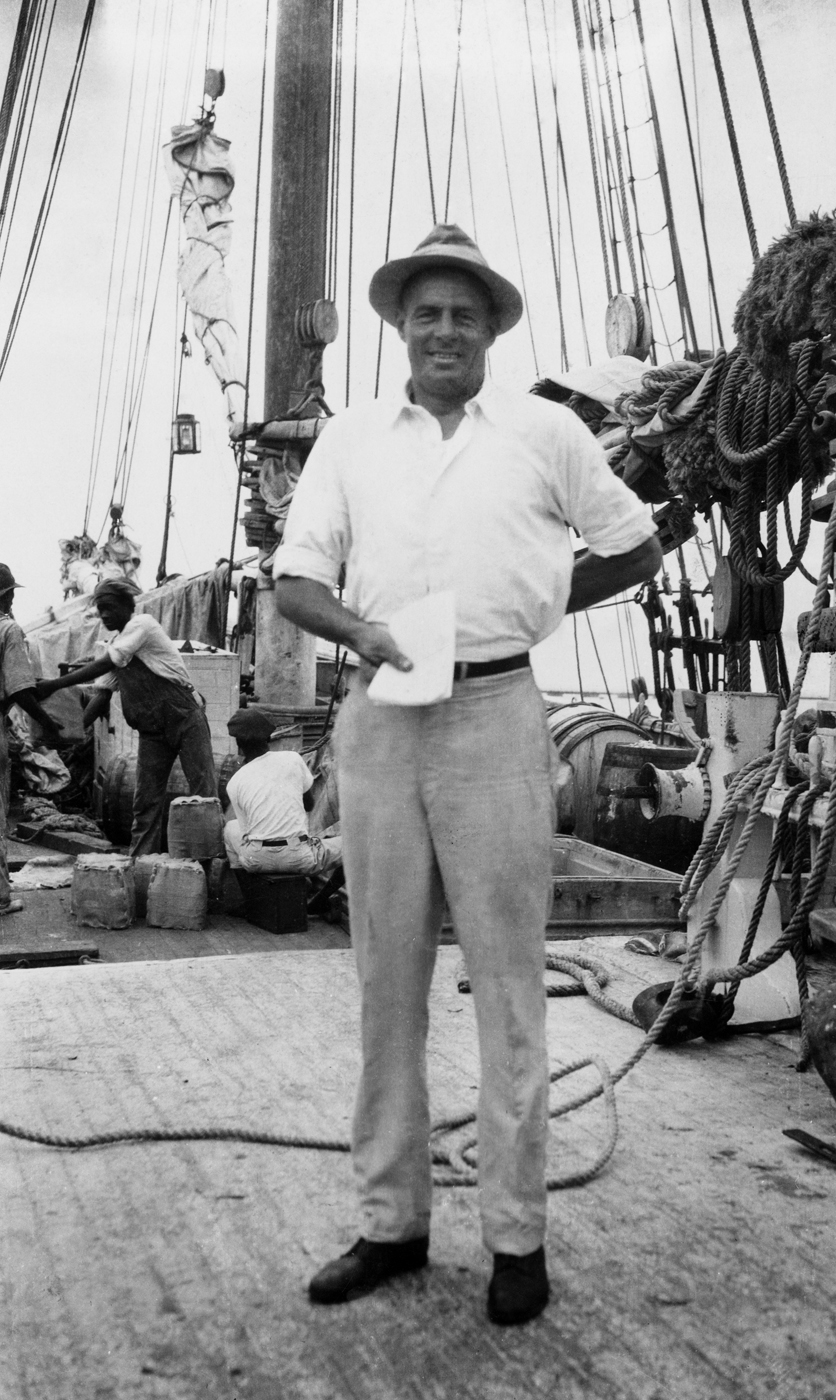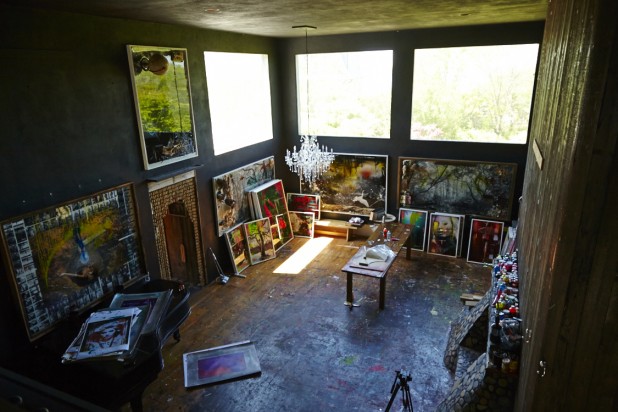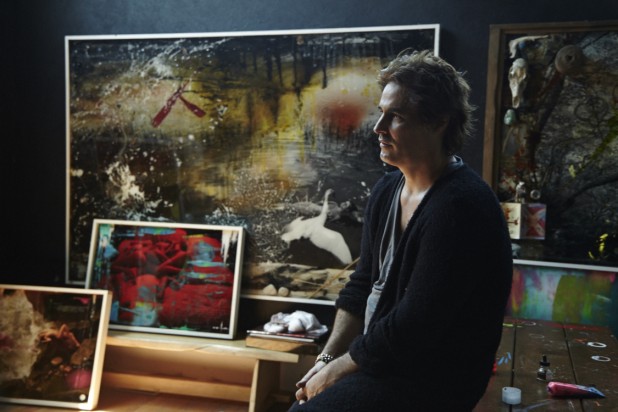When most teenagers were up to typical coming-of-age antics, longboarding pioneer Kassia Meador was up at dawn with her dad, catching some of the world’s most epic waves in Malibu, California. When dad wasn’t free, she’d go on solo missions, taking the bus from her home in the Valley, staying on the beach all day to hone her beautiful wave riding skills.
Just shy of 15, Meador caught the attention of revered board shaper Donald Takayama, and former surf champion Jeff Hakman. They introduced Meador to her first sponsor ROXY and the world of longboarding was never the same. Today, at 32, she’s one of the most iconic – and enthusiastic – surfers around, inspiring a generation of style-conscious riders in her wake. Her skill and elegance have garnered nicknames such as the “Queen of Noseriding,” “Princess of Style” and Red Hot Chili Peppers’ Anthony Kiedis likened her to “Ginger Rogers on a surfboard.”
Meador has also successfully crossed over from the surf industry to artistic endeavors as a photographer, designer and as a collaborator to a slew of other creatives. She even appeared as Lindsay Lohan’s wave-riding body double in artist Richard Phillips’ short film “First Point.”
The quintessential California girl, Meador’s vocabulary is peppered with a lot of “awesome” and she frequently talks about good vibes. She’s harnessing this charm with an entrepreneurial spirit to launch her eponymous wetsuit line after 14 years working with ROXY. A nod to the free-spirited 1970s, KASSIA includes plenty of tie-dye and bright hues.
Photos by: Dane Peterson
Where are you based?
Technically our area code is Santa Monica, but we are like two blocks outside of Venice, right in the hood. I have lived in Venice on and off, over the years. My boyfriend and I moved to Santa Monica about a year and a half ago. Once Google came to Venice the dynamics and the price point changed a lot.

The Venice I know from growing up is this super chill town with a bunch of hippies where everyone hangs out on the beach.
There is still that dynamic, but then there are other things: like when you’re going to get a coffee and people are looking at you through Google glasses. I’m like, who and what are you looking at? It is weird that we live in a place and time where people can take one look at you and know everything about you in a few seconds with those things. It’s super scary and kinda’ takes the romance out of life. I didn’t even have an email address until after high school and now people have Google glasses. I wish we had hover craft skateboards—that would be way more future fun.
You first started surfing around age 14. How did you learn?
My dad would take me to the beach because he surfed. But he’s the kind of guy that’s like, “Here’s a surfboard, I’m going to be out and I’ll see you in a few hours.” So I kind of taught myself just by watching people, and then hanging out at Malibu Beach. Pretty much all my favorite longboarders were there all the time. I’m a very visual person and you learn a lot by watching someone’s technique and the way somebody does something. Then you translate it into your own.
Your first contest was the ROXY Wahine Classic in Costa Rica at age 15. What was it like being in a high stress situation at such a young age?
For me going to Costa Rica was just a chance to go out into the world and find other waves and spots that brought me to that blissful place, and meet other people that shared the love of the ocean and surfing like I did. When you travel you meet people from all over the world that share the same passion as you – that’s what it was more about for me. The contest aspect didn’t really phase me at the time because I was just having fun.
At this point you’ve established yourself in the industry, but is it a challenge for other women to be recognized in surfing?
I never really had to face a lot of challenges. I just came into the world with open arms and people were super psyched. I think for the most part men would rather see a lot of awesome women surfing in the lineup than a lot of other dudes. If you go out there with respect, people are going to respect you back. But like anything – even other drivers that you encounter on the highway – some people are just dicks, and just want to cut you off no matter what you’re doing.
What tips you would offer someone who’s just getting into surfing?
Just remember it’s for fun, and don’t try and be the best person in the water. It’s not about being the best, it’s about having the best time. The thing with surfing is it’s the one place you really have to go that there are no rules for the most part. The rules and laws of nature still apply in that it’s good to be cautious, and to trust your instincts but you don’t have to be good to surf, just have a good time. Everybody falls, whether you’re Kelly Slater or Steph Gilmore, or whomever, you’re always falling. It’s just about the experience.
Aside from Southern California, do you have a favorite beach you love to surf?
I love going out to Montauk, New York every summer. New York is one of those places that it’s not good as often as some places in California, but when it does get good, it’s so much more fun and you can get so much more out of it because people don’t expect it. It’s nice to see people work so hard in the city and then come to Montauk and really chill out. And you can see stars for days. I love that juxtaposition. I also always love Australia because there are point breaks. I love traveling to Indonesia primarily for the waves. The waves are so awesome there, it’s like magic. I really like going to Mexico, because it’s like the fantasy – the dusty dirt road and finding a perfect wave at the end of it.
You travel so much, what does “home” mean to you?
It’s definitely my boyfriend, my dog, my friends and family. That’s home to me for sure. It’s such an awesome thing to be a surfer because you have this connected community that doesn’t live in the same place as you, but then when you’re traveling all over the world that family vibe extends. I can be in France and feel at home because I’m with my people. That’s really unique about surfing – it’s a nomadic tribal culture.
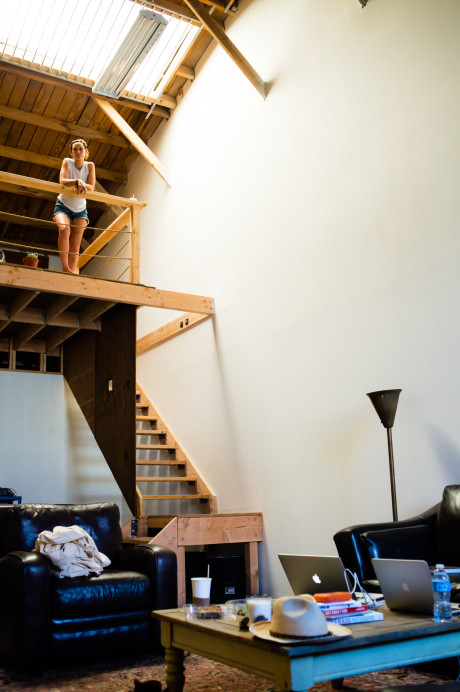
Does your boyfriend surf?
He does. He’s not a pro surfer, but he grew up on the beach between Florida and France. His dad surfed in France, his uncle surfed in Florida so he’s a water person. He doesn’t really know the industry side of it, so that’s awesome because we can just share the pure love of surfing together, which is so radical.
Did you meet in the water?
We actually met at a taco truck. I was getting tacos and he weirdly had a sandwich, but that’s where we met. The vibe was there instantly. We went to that taco place again for our anniversary. We fell in love over our mutual adoration for ceviche.
You’re also a photographer, and pursue other creative endeavors. Do you approach surfing in the same headspace as you do these creative fields?
There are different headspaces for surfing and going out and designing wetsuits or shooting photos. But I think the eye that I’ve learned through surfing or the way that I see the world and the inspiration I get from going out into the ocean transfers into my other passions. It’s who I am. I love shooting photos, being conscious of the light. A lot of that came from surfing, paddling out at different times, seeing the sun all backlight and different flares. You see so many sunsets and sunrises as a surfer. It’s little things like that that have always stuck out in my mind.
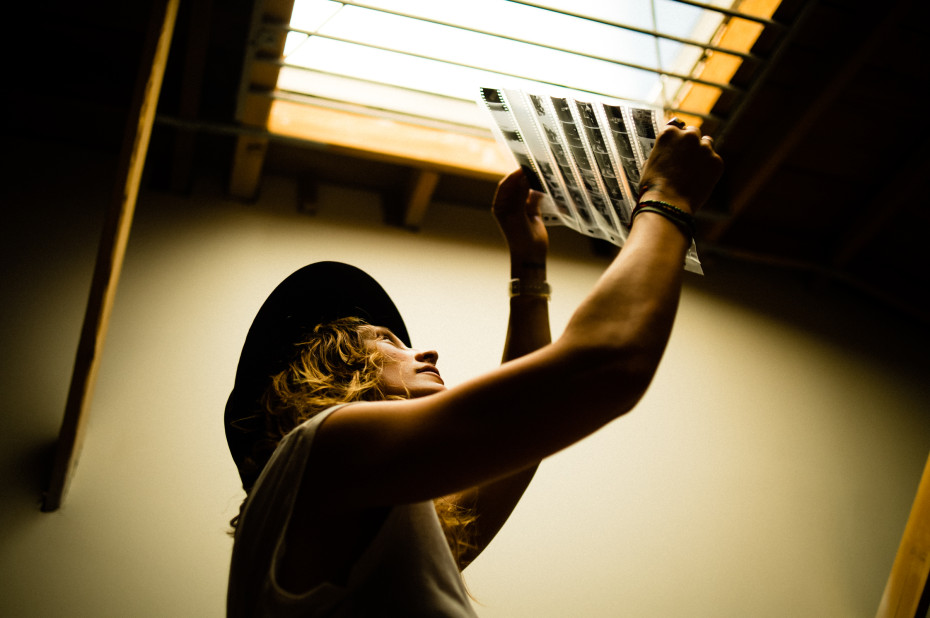
Do you look at any other photographers as inspiration?
All the time. Herb Ritts, Richard Avedon, David Bailey. But I look at everything for inspiration. Life is inspiration.
You just launched your own wetsuit line, KASSIA. How’s that going?
So good. The website is up and running, and we just launched the em part of the site so people can start to pre book. Select stores will have them as of April 15th. Everything has a very positive vertical trajectory, which is really awesome. And because were only doing limited numbers we can focus on making the best quality, most visually dynamic, technically functional suits we possibly can.
There’s a quote on your website that reads, “Live your dreams or someone else will hire you to build theirs.” Was that sentiment the inspiration for going out on your own after being sponsored by major brands like ROXY?
Yeah, I’ve been with ROXY for a really long time and it was so awesome. It was a lot of fun and I learned a lot, but I had to look for something else, a new chapter. Every fish can only grow so big in a fish tank and then you have to move to another tank to continue to push the limits and grow. It’s awesome that now that I have an opportunity to keep expanding in a different way and take everything I learned from that experience and all those years into a new venture.
Are able to flex your creative muscles more?
Yes entirely. When your working for other brands that have their own objectives and vibe you always have to filter yourself a bit to fit into their world. But with this project there is no filter, it’s 100% pure creative flow. I am so stoked on that. And I am very lucky to be working with a good friend and epic creative team, WE ARE REFUGEE, to get things right and tight.
As a respected figure in the sport, do you think creating this line for women might help them get over that point of entry or intimidation some feel when first getting into surfing?
I hope so. It feels like a lot of women are getting into surfing now, not just kids. They are art dealers, models, musicians and they found surfing at a later point in life. It’s such a radical thing to be a part of and see happening. It is an active meditation and a way for people to get release from their daily grind and empower themselves. To make great quality products that I have always dreamed of and bring them to life with KASSIA is truly a dream come true. And I am just so stoked to help every woman have a cozier, more enjoyable surf with all of the products we plan to bring out.
Tell us about your tattoos.
I guess tattoos are just life and little moments along the way that get recorded. I have one in my lip, which is kind of a joke. It says truth, but you can barely see it anymore. Now you can see a T…R…U, so it’s more like “TRU.”
What do you do to prep for a creative project?
Yoga and meditation. They’re like spiritual workouts. That’s so important in life because everything’s so fast all the time and everybody’s so manic with everything we have going on. With technology and communication, everything gets sped up in such a way that at least for me, my mind is hyperactive. Surfing and yoga clear my head so I’m better able to filter the stuff that’s flowing through my mind and be more purposeful and direct.
We teamed up with our friends at Freunde von Freunden to bring you this interview. Check out more of their surf profiles HERE.



